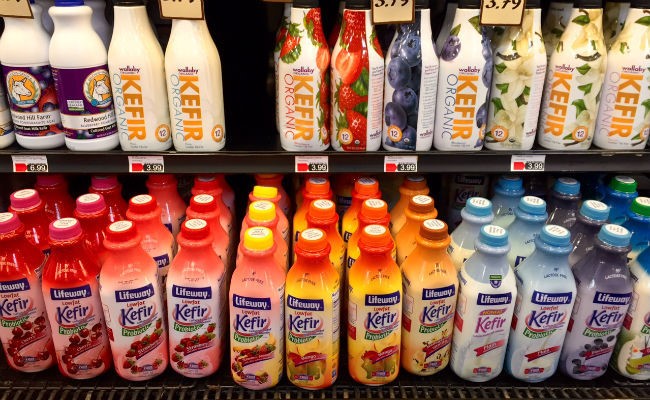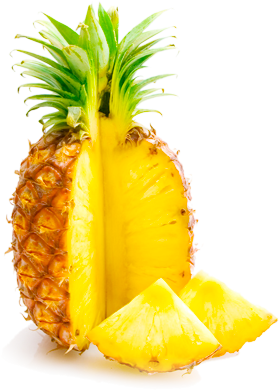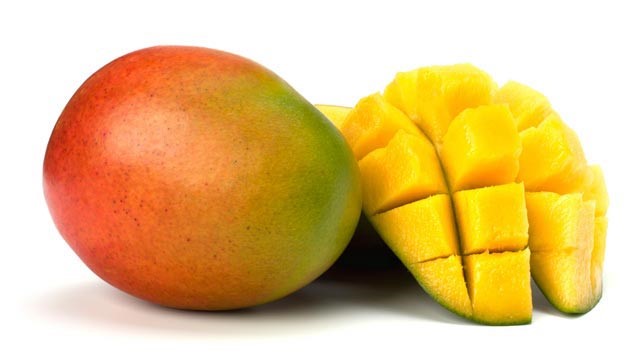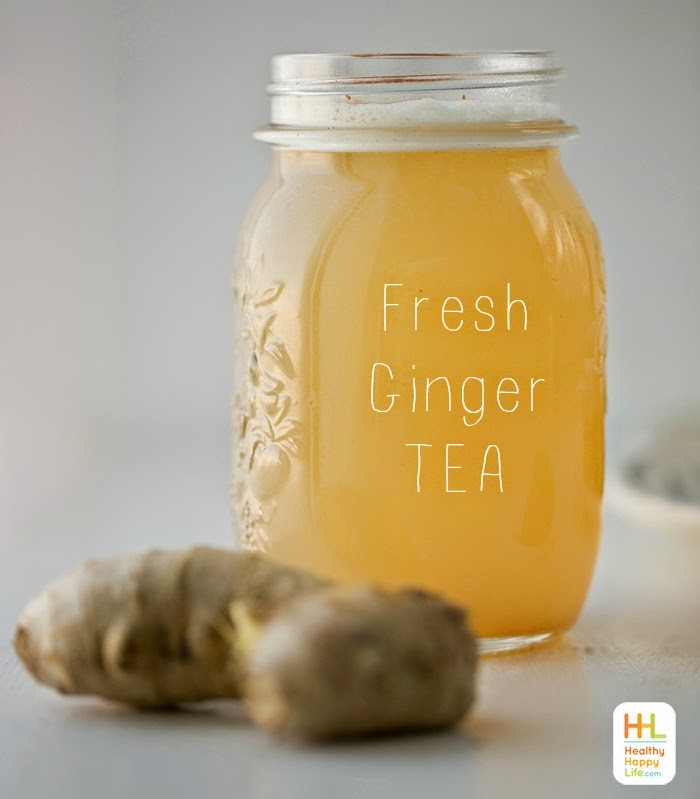Heck of a deal: NATURAL Digestive Enzymes!
Since I've been struggling this past year with Epstein Barr Syndrome, I've been working hard to build my immune system. A crucial piece to the strong immune system puzzle is how well food is digested. After all, that's where the nutrition is. If a body can't access injested nutrients, then the immune system suffers and never really heals.

Healthy digestion. It's key. And what is it we're all told to take to improve it? Enzymes, of course. Holy cow they're expensive. I did buy some, but only the brand that was on sale.
Anyway, thanks for listening to that blather. It's meant to lead in to what I wish I'd remembered before I spent a chunk of change on a bottle of enzymes. HOW could I forget that we can get the enzymes we need naturally, from our food?
Well, my bad. But here's the lowdown on the subject so you won't go do what I did. Lia Ryerson, food researcher and writer for a favorite site, www.care2.com, shares the money-saving good news. She gives a brief explanation of what enzymes are, how they work, and lists foods that are high in these health-promoting powerhouses.

"Through understanding why improper digestion occurs, we can make mindful choices, like choosing foods with beneficial digestive enzymes, to help give our bodies a break.
"Just as their title implies, digestive enzymes are those that our bodies make to help facilitate digestion. Digestive enzymes are split up into categories that work together to break down macronutrients into smaller blocks that our bodies then absorb.
"They're behind why some of us are able to tolerate dairy, while others are not, for example. If your body is unable to naturally make enough digestive enzymes to break down lactase, then you're probably going to experience bloating, gas or even diarrhea when you consume dairy.
"Luckily, there are many foods that are high in helpful digestive enzymes, which means they help your body's digestive system work optimally and regularly. Below are foods that are naturally high in digestive enzymes."
1. BANANAS. They contain two enzymes--amylase and maltase--that help break down complex carbs (the kinds you find in cereals or starch) into more easily absorbable sugars. As a bonus, bananas are also known for their hefty dose of potassium, and they also contain fiber to help digestion run smoothly.

2. KEFIR. Kefir is made by adding cultures of yeast and bacteria--referred to as "grains"--to milk (or a non-dairy drink), resulting in a fermented milk (or non-dairy milk) beverage. The fermentation process gives kefir the digestive enzymes lipase, lactase and protease, which help break down fats, lactose and protein, respectively.

3. AVOCADOS. Yup--this "fruit" is also great for digestion. Avocados contain the digestive enzyme lipase, which helps you digest fat into smaller molecules, thus relieving feelings of discomfort and indigestion after consuming a very high-fat meal. As an added benefit, studies show that avocados can also help reduce inflammation levels.

4. PINEAPPLE. This amazing fruit contains a group of digestive enzymes called bromelain, which break down protein into building blocks. However, these digestive enzymes are sensitive to heat, so the optimal way to consume pineapples--if you're after their digestive enzyme benefits--is raw.

5. MANGO. If you've ever bought a hard mango, you likely let it sit out on the counter to soften up. The reason mangos soften is due to their enzymes. Like bananas, mangos contain amylase, to help break down starches into digestive sugars, also sometimes called maltose.

6. GINGER. While ginger is highly regarded for its ability to help relieve nausea, it also contains an enzyme called zingibain which even helps increase digestive enzyme production in the body. Zingibain also helps the body digest proteins into building blocks.

Now here's a terrific way to use fresh ginger. This is a spicy tea that's soothing and delicious hot or iced.
Speedy, Spicy, Fresh Ginger Tea
Cook time:
Yield: 6 cups
Serving size: 1
Calories per serving: 262.143
6 cups purified or water
1 1/2 tablespoons fresh ginger peeled and roughly chopped into small bits
2 medium lemons juiced (about 1/2 cup fresh lemon juice)
1/8 teaspoon cayenne pepper
1/4 teaspoon cinnamon (or 1 cinnamon stick)
1/4 cup pure maple syrup grade B, or raw honey, adjust to taste (NOTE: Alice uses 6 Medjool dates that have been softened in water and pureed, for her sweetener)
Directions:
Pour this ginger mixture along with the remaining 4 cups of water into a large pot and bring to a boil. Add in the cinnamon or cinnamon stick. Reduce heat to low and simmer for 5-10 minutes. (Note: If you have a Vitamix, you could also just use the "soup" feature to warm your tea!)
When the simmering time is up, pour the tea back into the blender container, but use a mesh strainer to catch any of the ginger pulp and particles. A large mesh strainer will make things easiest, although a small strainer could work too. You could also use a nut milk back if needed.
Add the lemon juice, cayenne and sweetener to the blender as well and do a quick thirty second blend on low to mix the ingredients.
Take a sip and add additional cayenne or sweetener to taste. Serve warm. Store leftovers in the fridge and serve chilled or re-warm in a microwave or on your stovetop. Or even in your blender on "soup" setting.
- www.healthyhappylife.com
- www.exportersindia.com
- www.vkpineapple.co.th
- www.lovingitvegan.com
- www.voxmagazine.com
- www.alasko.com
- www.qbuzz.qnet.net
- www.healthrising.org
 Alice Osborne
Alice Osborne
Weekly Newsletter Contributor since 2006
Email the author! alice@dvo.com
